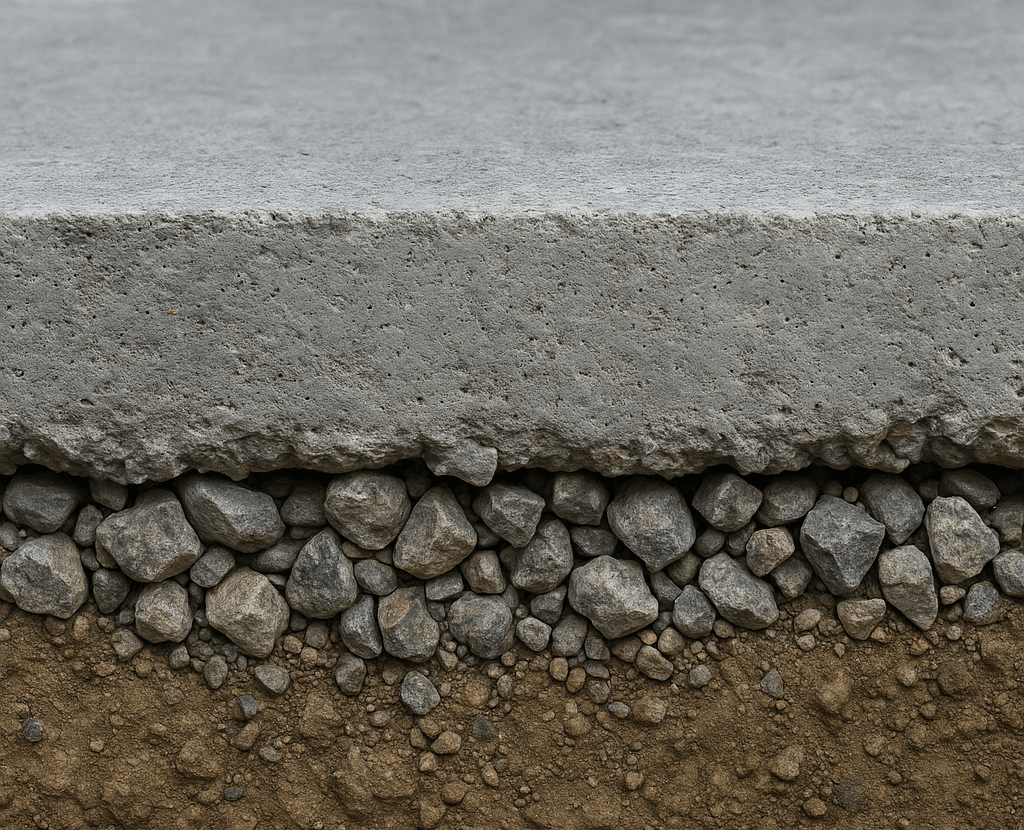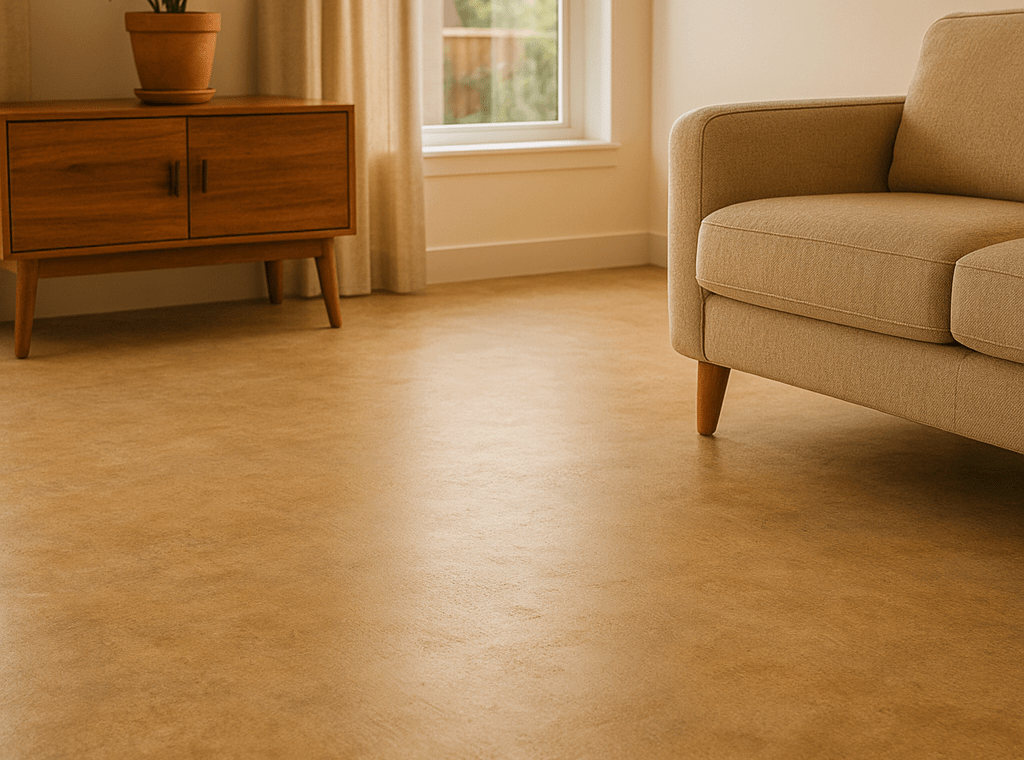How to Insulate a Concrete Floor from the Cold
Best Ways to Keep a Concrete Floor Warm and Insulated

Cold concrete floors can make any space feel unwelcoming, whether it’s a basement, garage conversion, or slab-on-grade home. Without proper insulation, concrete acts as a heat sink, drawing warmth away from your feet and your heating system. Fortunately, with the right approach, you can insulate a concrete floor for lasting comfort, lower energy bills, and a more efficient home.
In this guide, we’ll explain why concrete floors feel so cold, explore the best insulation methods, and show you how WBI’s radiant heating panels can both insulate and heat your space.
Why Concrete Floors Are Naturally Cold

Concrete is dense and porous, which means it:
- Absorbs and stores heat from the room instead of reflecting it back.
- Pulls warmth into the ground below (heat loss through conduction).
- Often sits directly on soil or gravel without a thermal break.
Without insulation, even powerful heating systems struggle to maintain comfort.
Benefits of Insulating a Concrete Floor
- Improved Comfort – Warmer surfaces make the whole room feel more inviting.
- Energy Efficiency – Prevents heat loss into the ground, reducing energy waste.
- Moisture Control – Helps reduce condensation and the damp feeling in basements.
- Supports Radiant Heating – An insulated slab boosts performance of radiant heat systems.
Best Methods to Insulate a Concrete Floor
1. Insulate Below the Slab (New Construction)

If you’re pouring a new concrete slab, the most effective approach is to install rigid foam insulation or an under-slab radiant panel like WBI’s InsulHeat.
- Creates a continuous thermal barrier.
- Works seamlessly with hydronic PEX tubing.
- Reduces long-term heating costs.
2. Insulate Above the Slab (Remodels & Retrofits)

For existing concrete floors, you can build a warm layer above the slab using:
- WBI RadiantBoard EPS or ThermalBoard EPS – Panels combine insulation and hydronic radiant heating in one system.
- Rigid foam boards with a new subfloor.
- Engineered sleepers with foam between.
This approach is ideal for basements, remodels, and garage conversions.
3. Add a Radiant Heating System
Even with insulation, radiant heat provides unmatched comfort by warming the floor directly.
- Hydronic Radiant Panels (like WBI’s RadiantBoard EPS) give both insulation and heat.
- Flexible for tile, engineered hardwood, LVP, laminate, and more.
- Great for areas where in-slab tubing isn’t an option.
Choosing the Right WBI Product for Concrete Floors
For concrete applications, WBI recommends:
- RadiantBoard EPS – Best for remodels where you need both insulation and hydronic heating above an existing slab.
- ThermalBoard EPS – Great for high-performance heating over concrete with a durable MDF surface.
- InsulHeat – For new builds with under-slab insulation and PEX tubing integration.
Installation Tips for Maximum Performance
- Seal any cracks in the concrete before installing insulation.
- Use a moisture barrier to prevent vapor transfer from the slab.
- Choose the right flooring finish – Tile, engineered hardwood, LVP, and more work well over radiant heat.
- Ensure proper panel layout for even heat distribution.

Final Thoughts
Insulating your concrete floor isn’t just about comfort, it’s about energy savings and a healthier living environment. Whether you’re building new or upgrading an existing space, combining insulation with radiant heat gives you the best of both worlds.
Ready to warm up your floors? Contact WBI today to find the perfect radiant panel system for your concrete floor project.